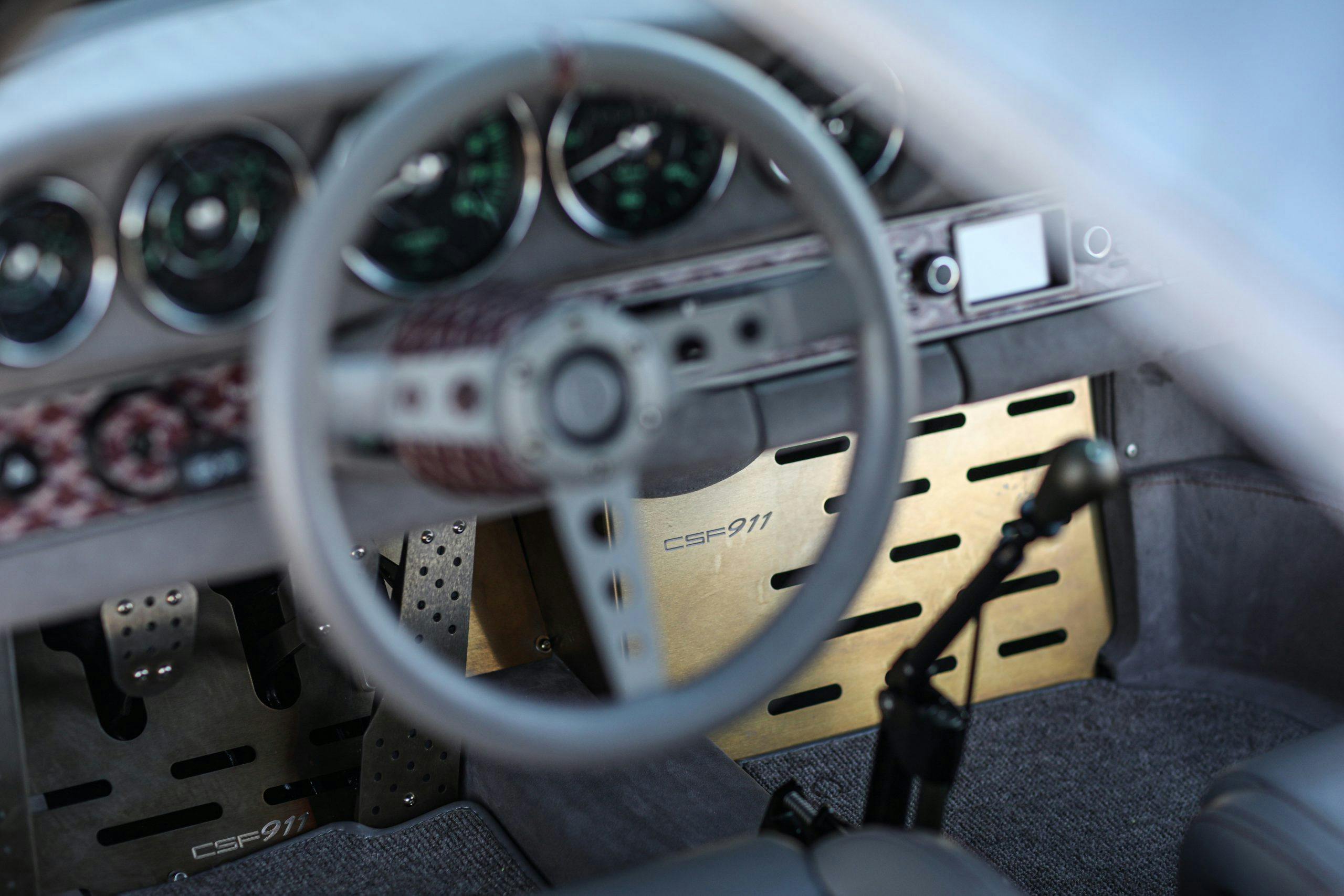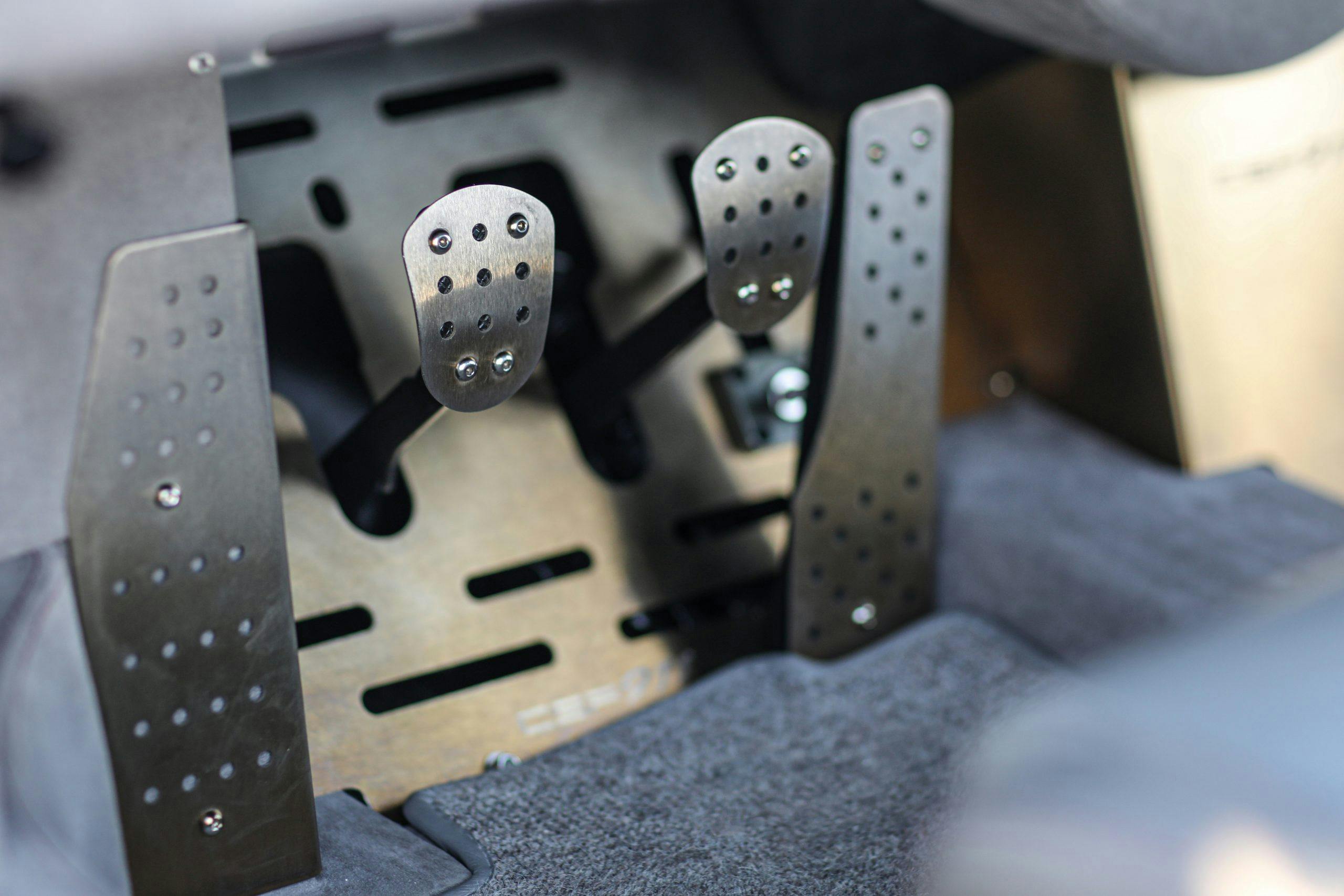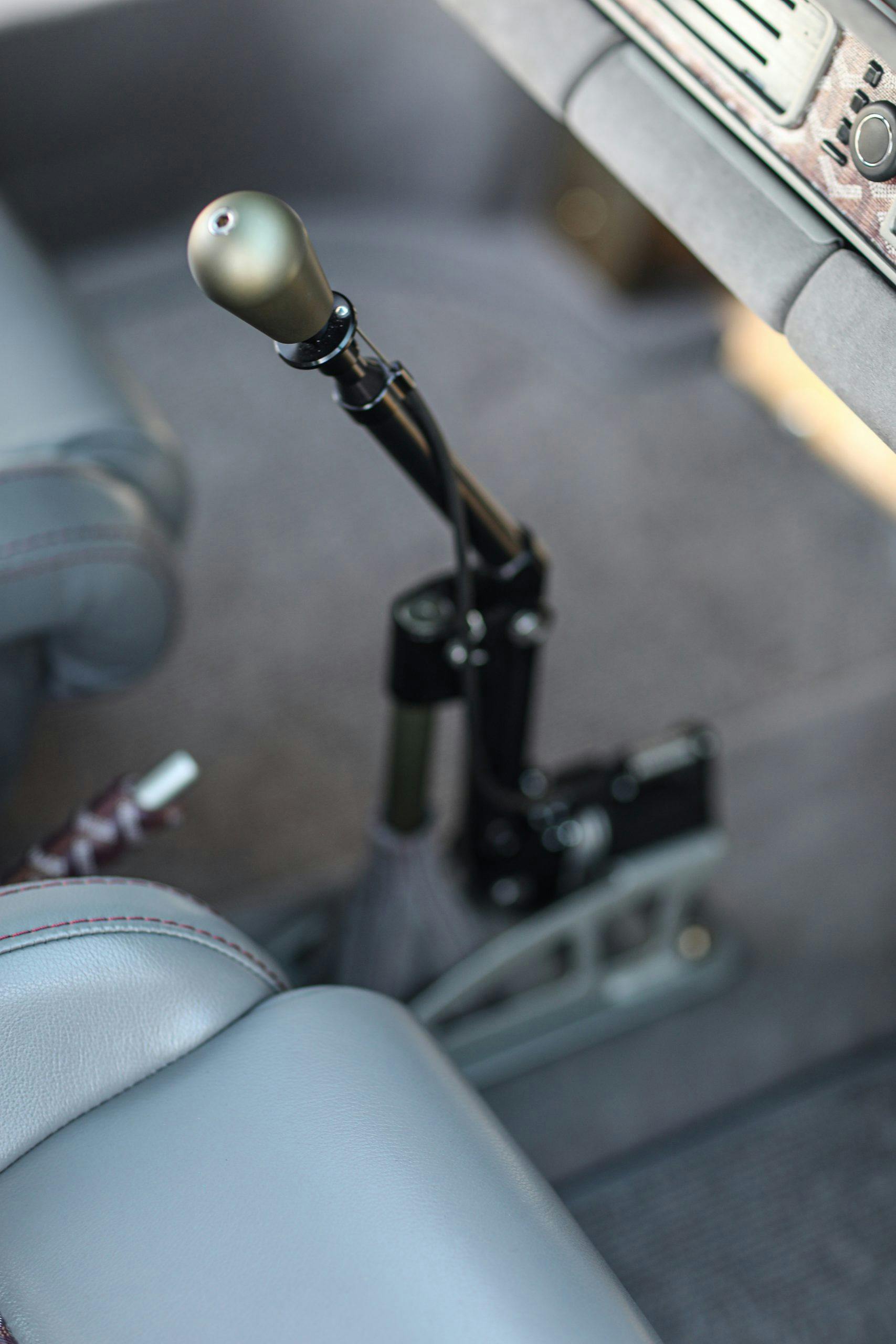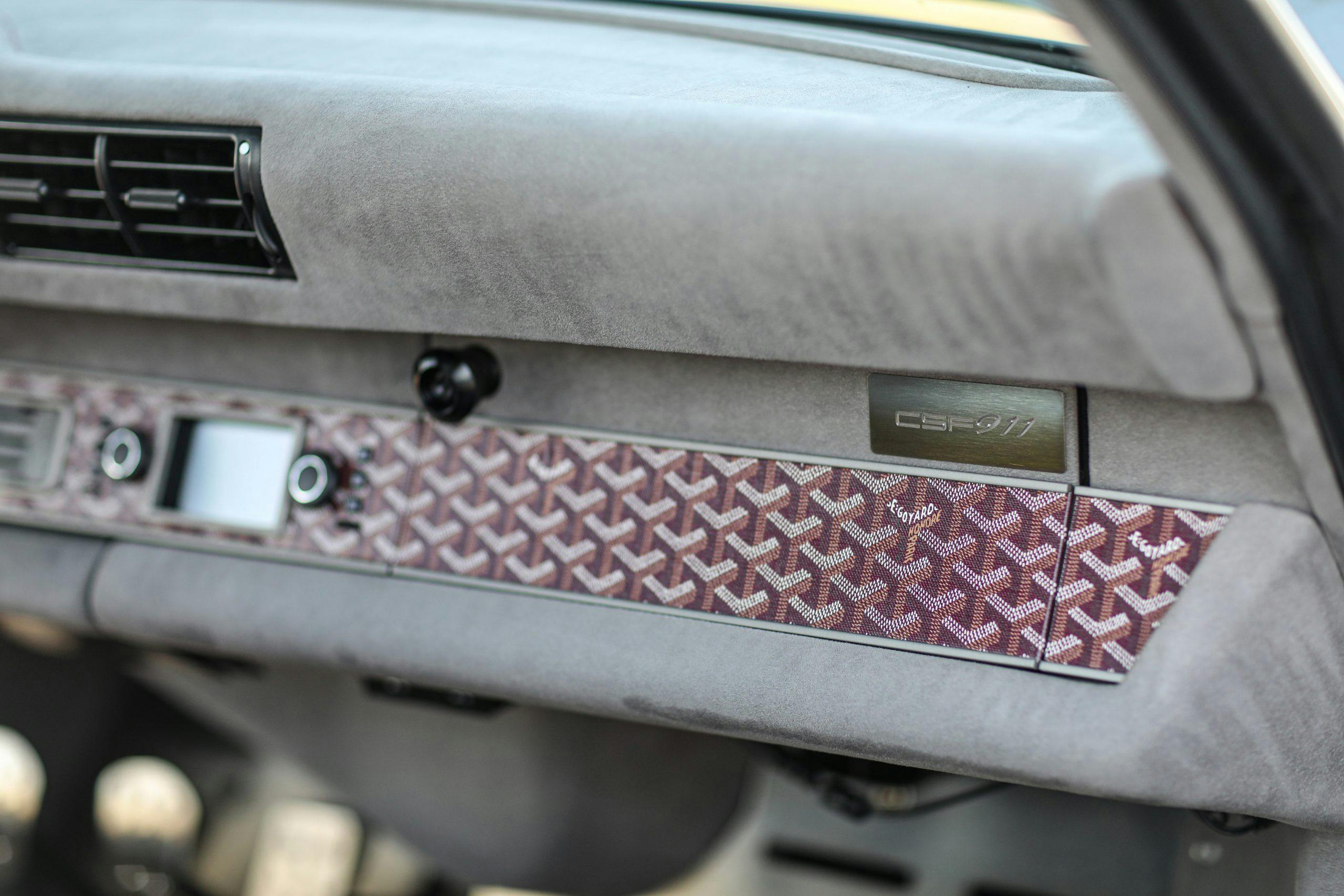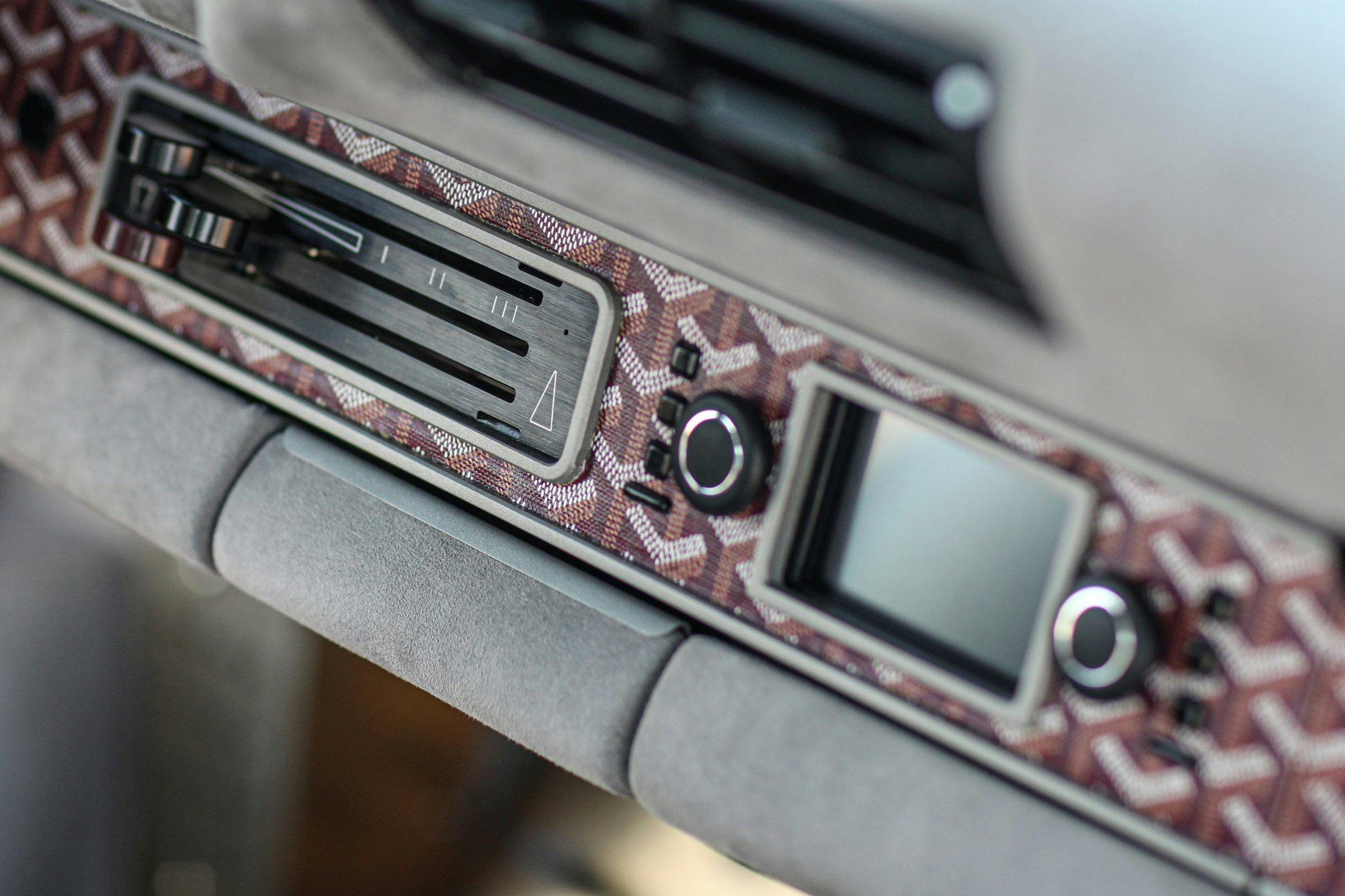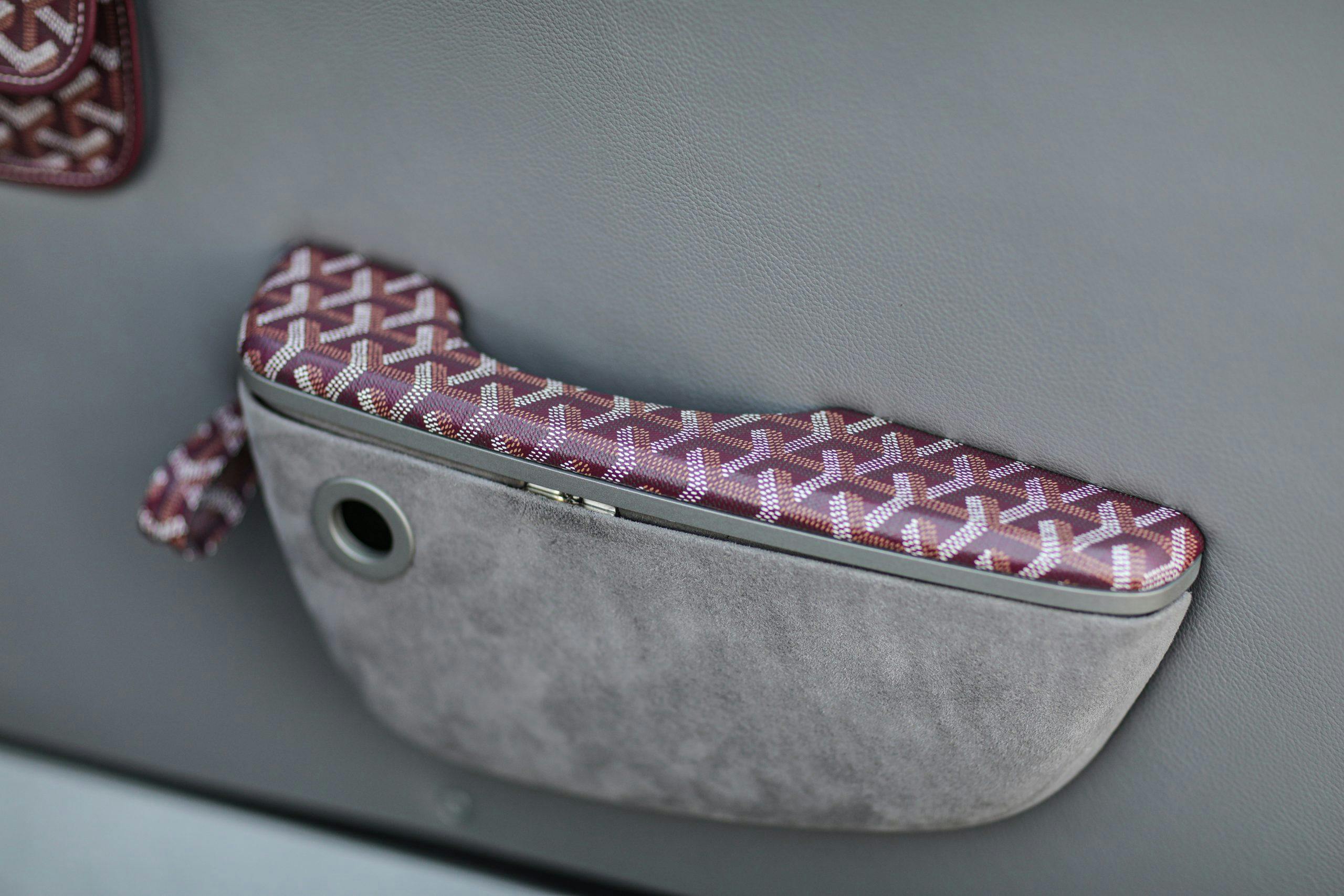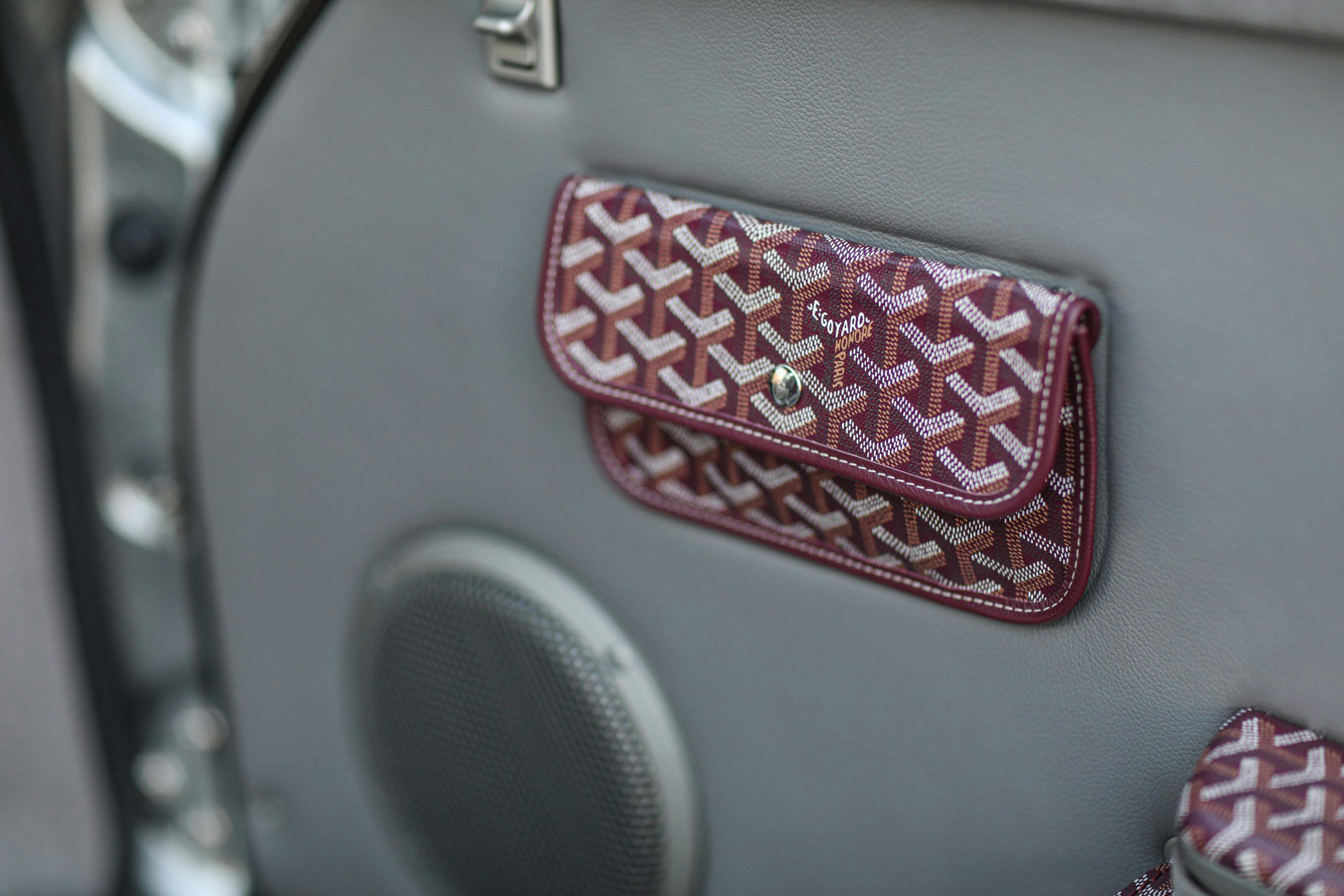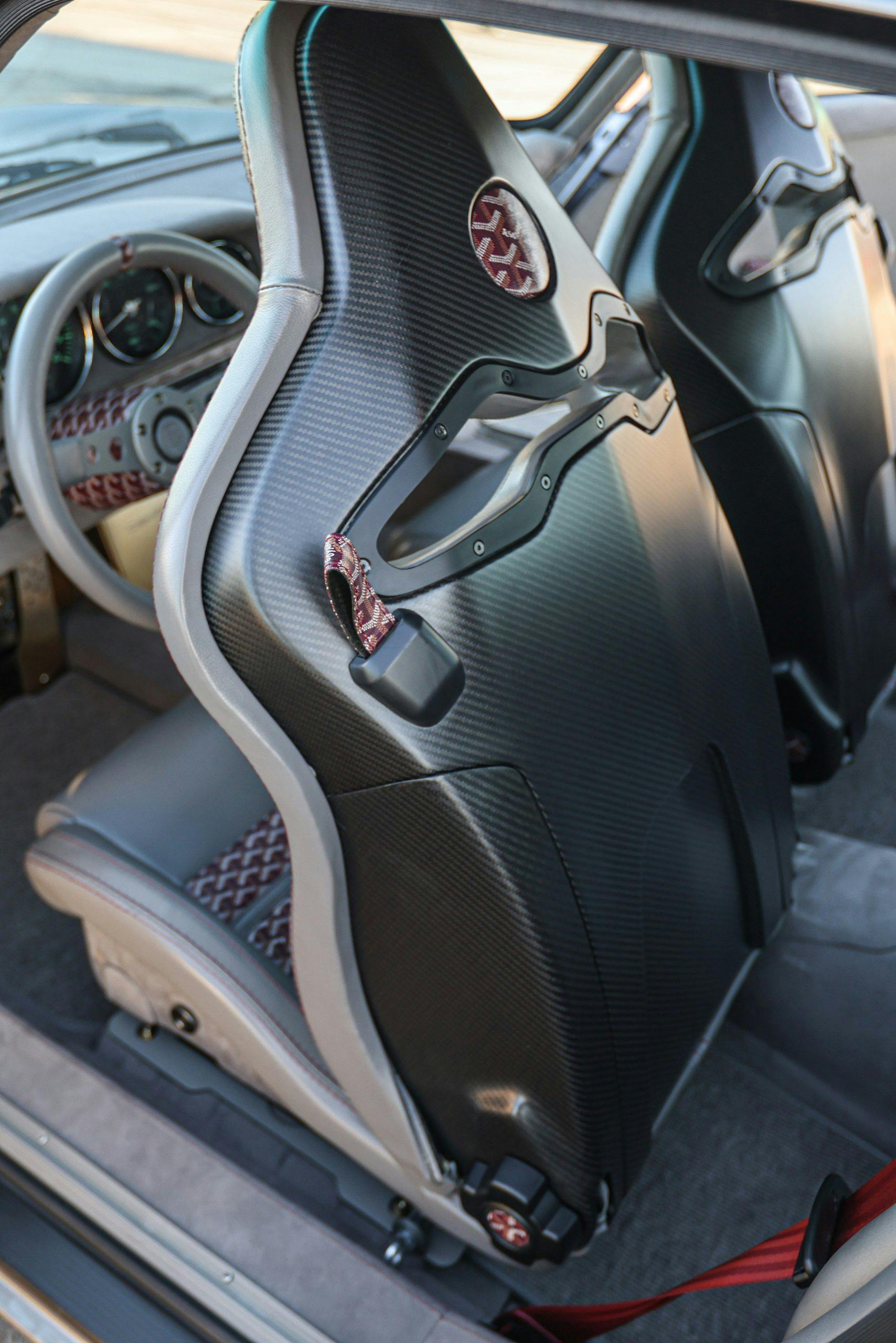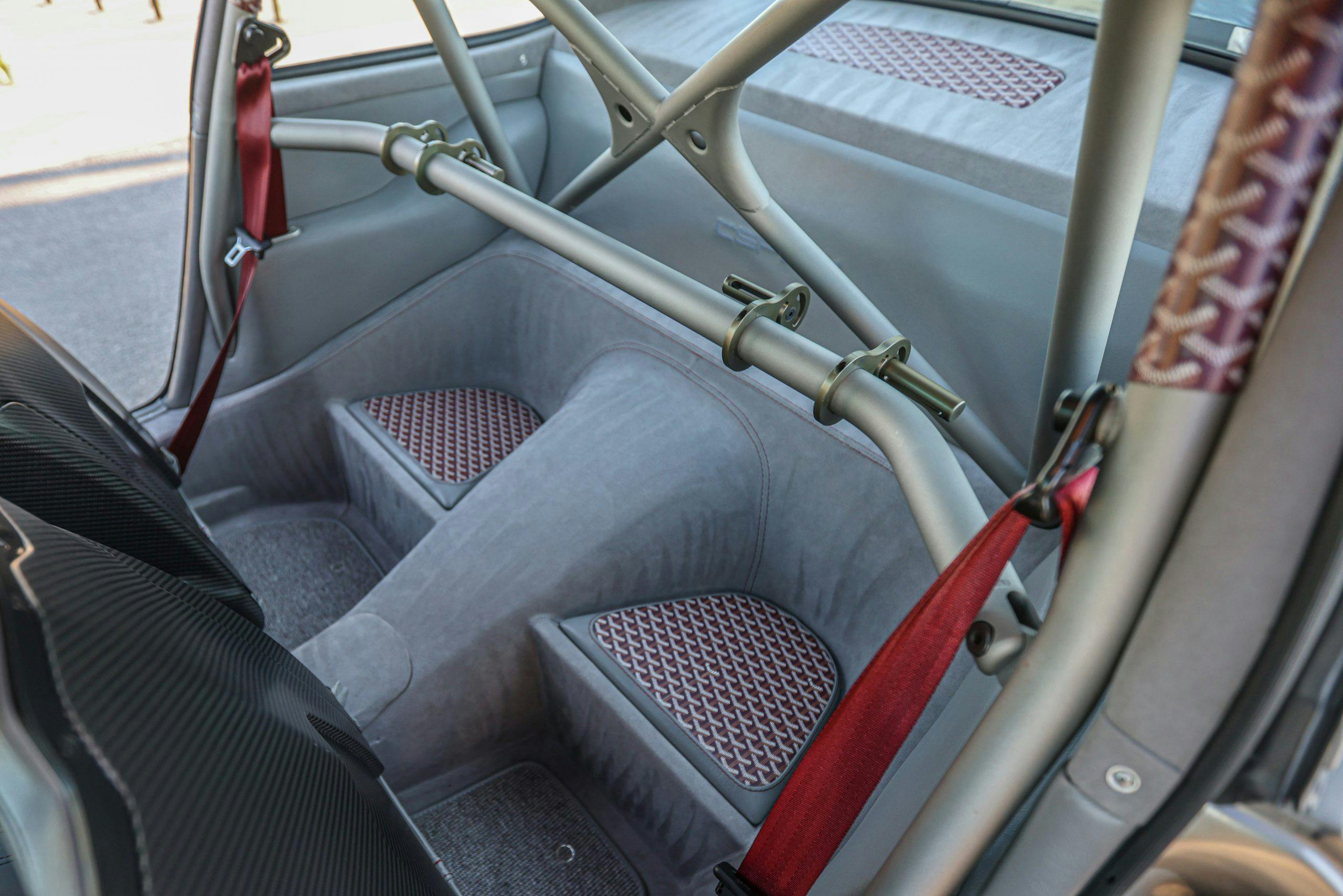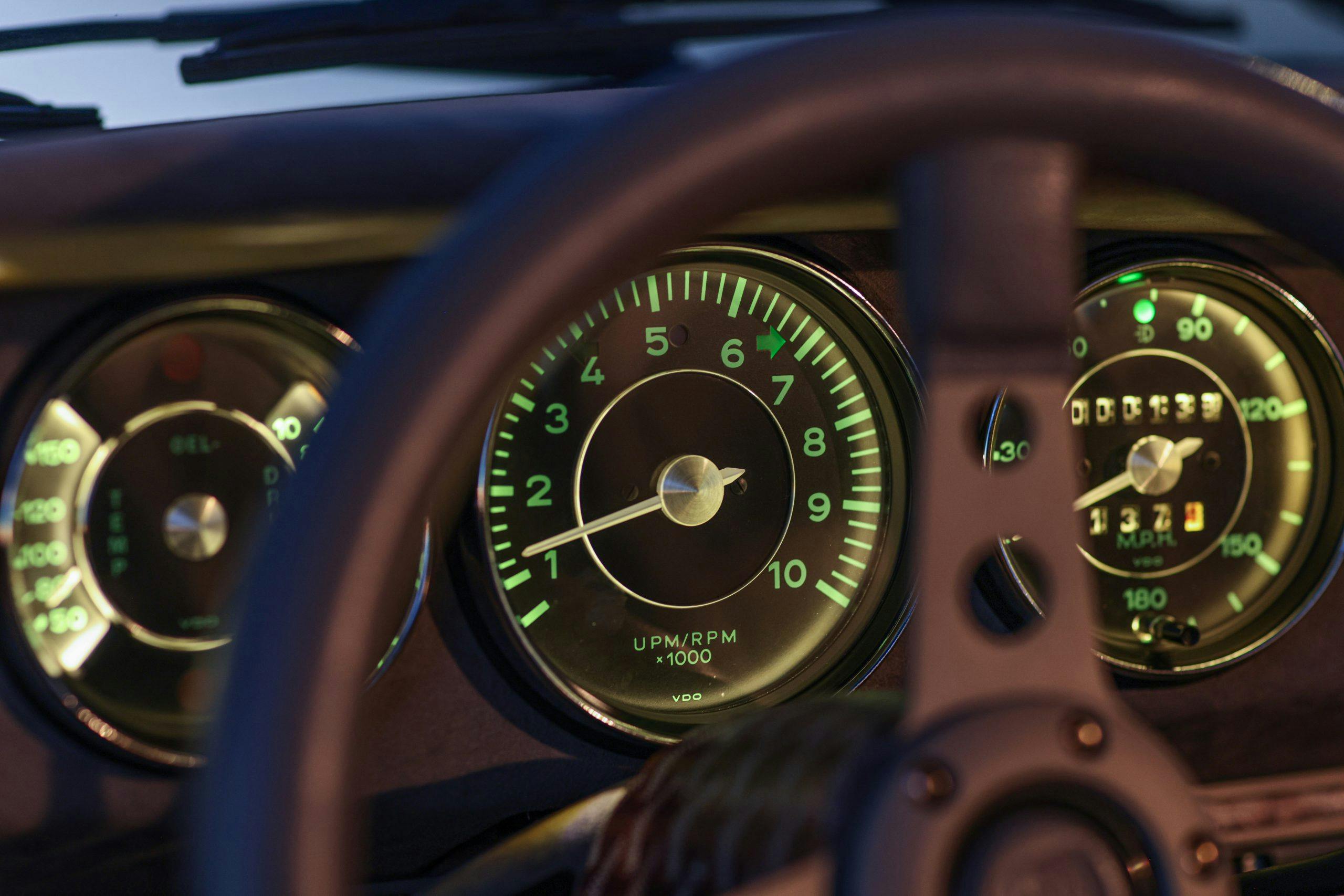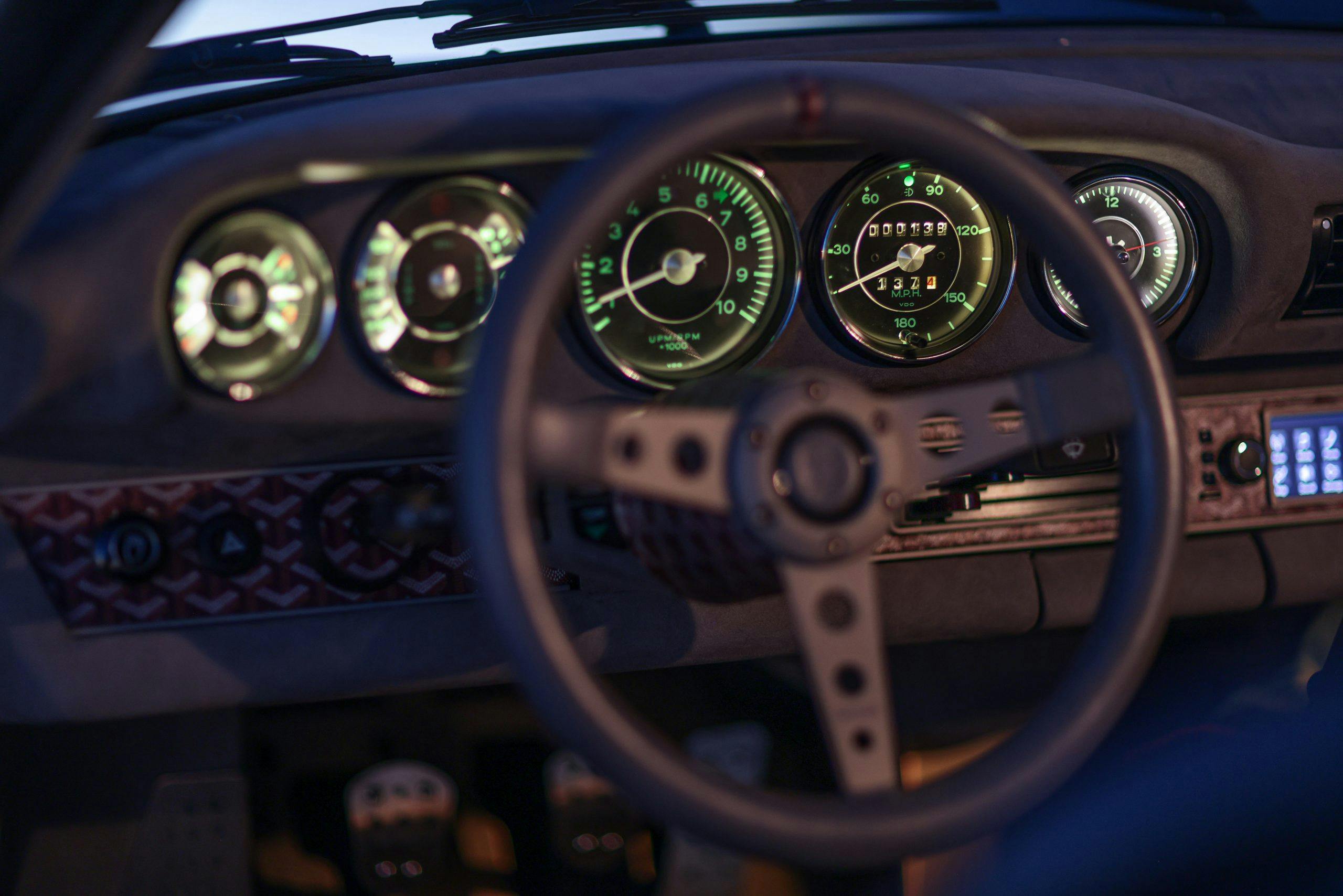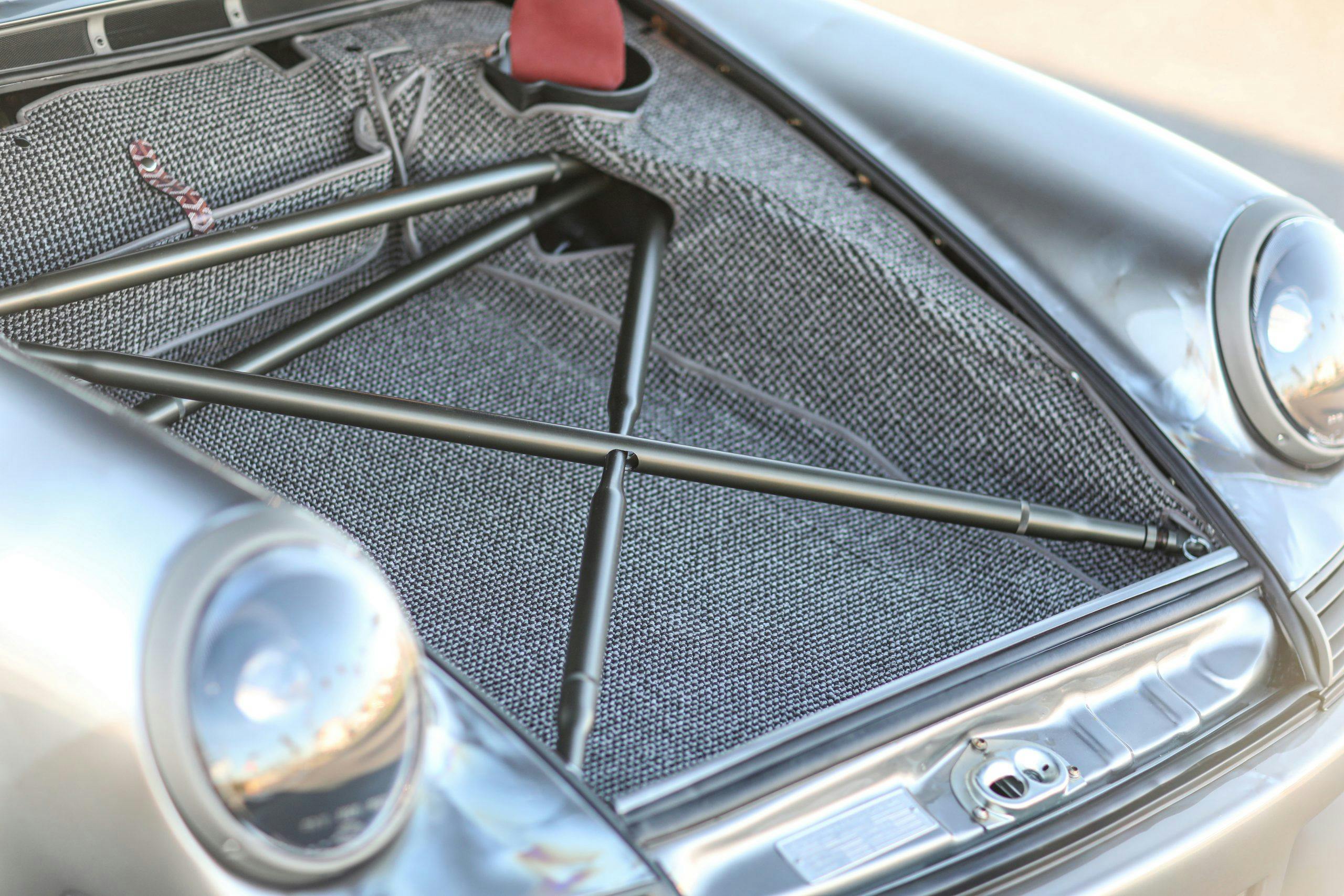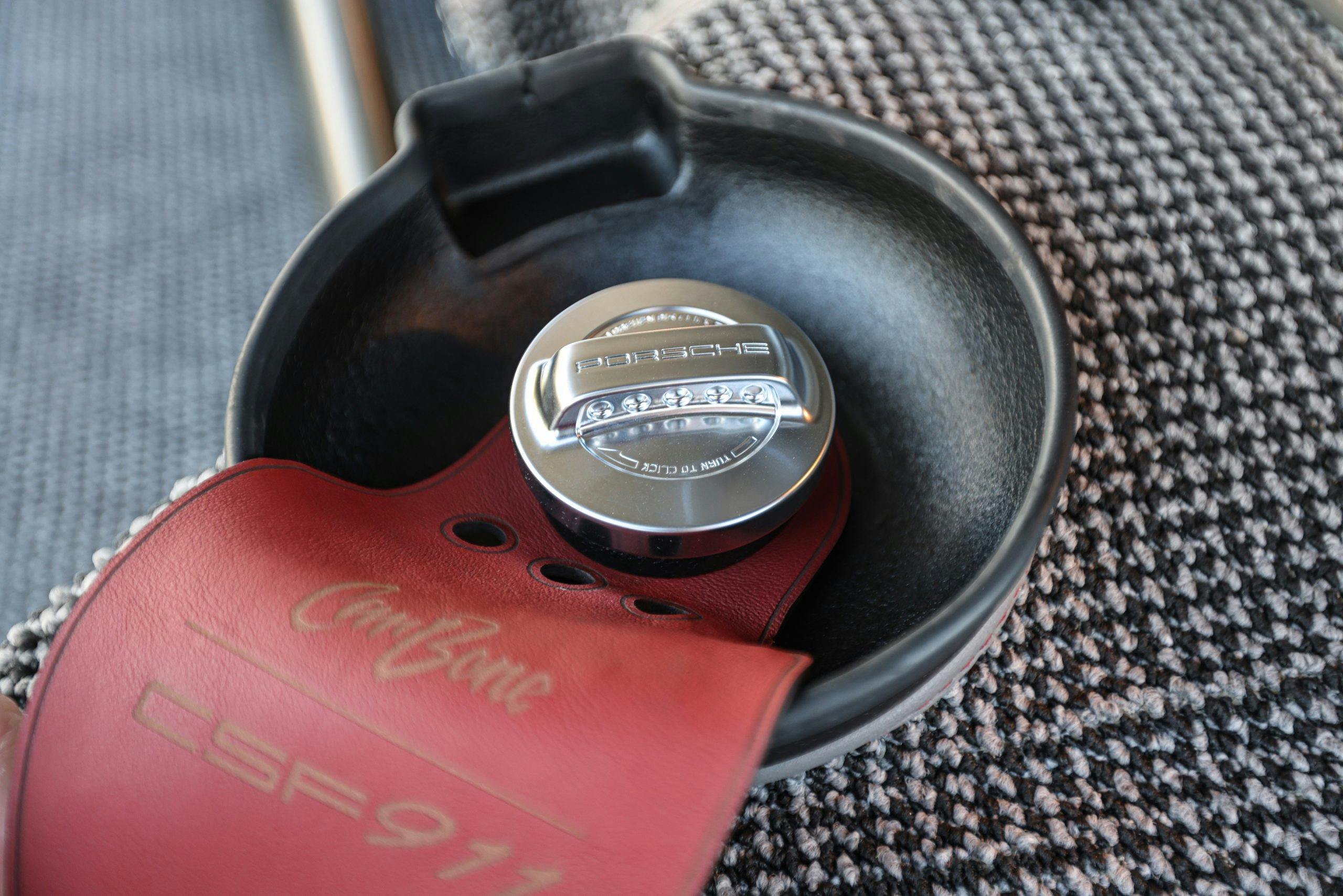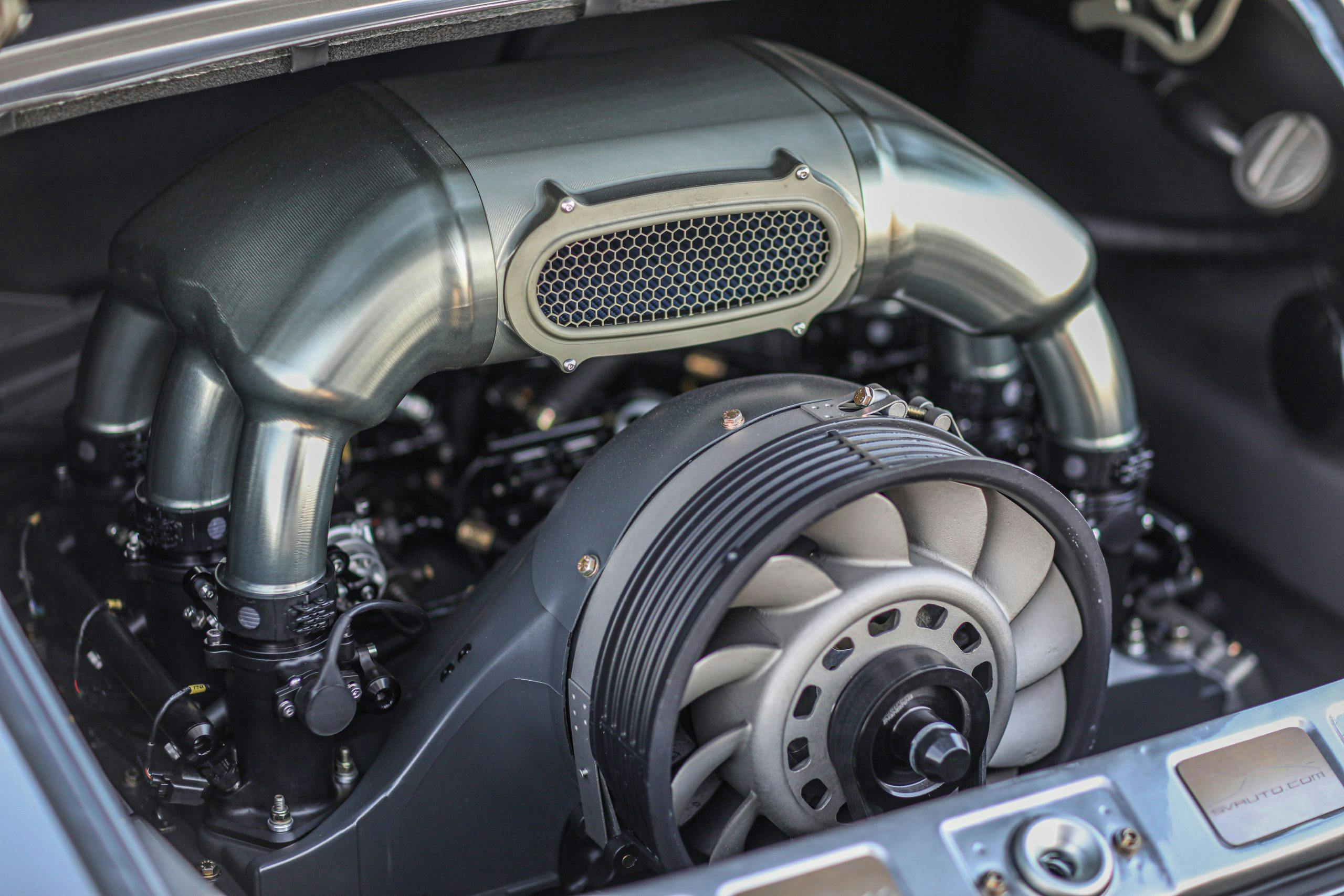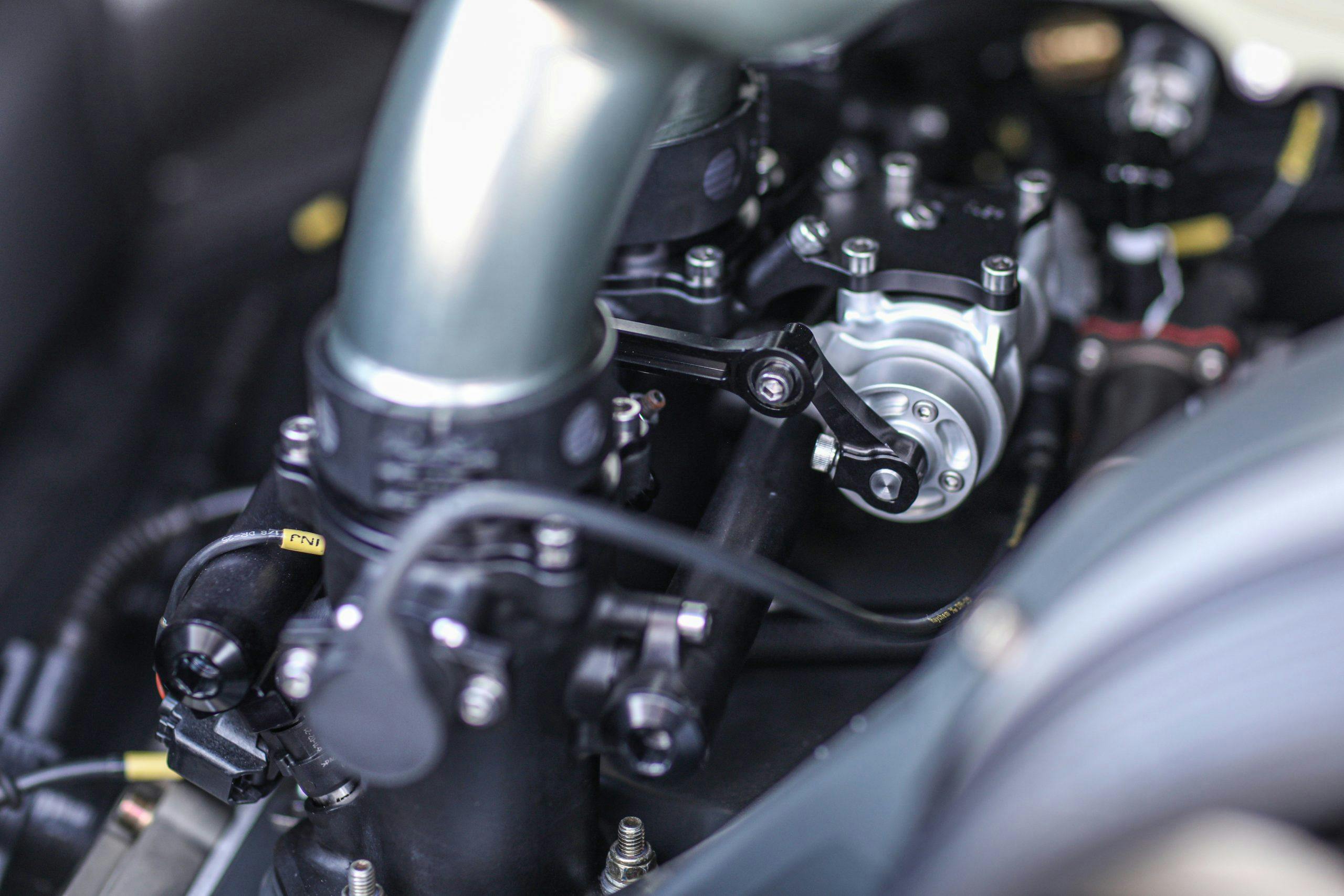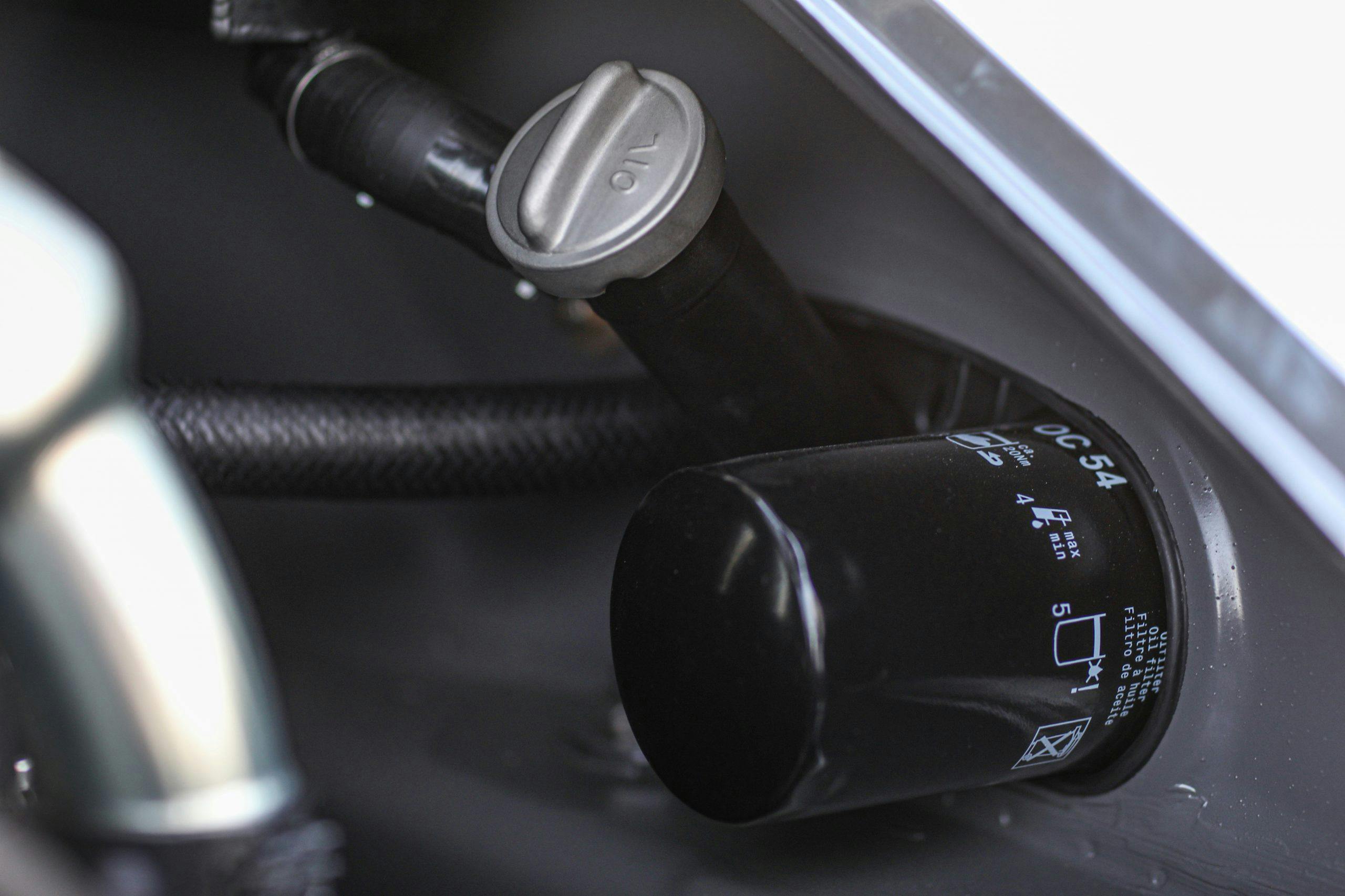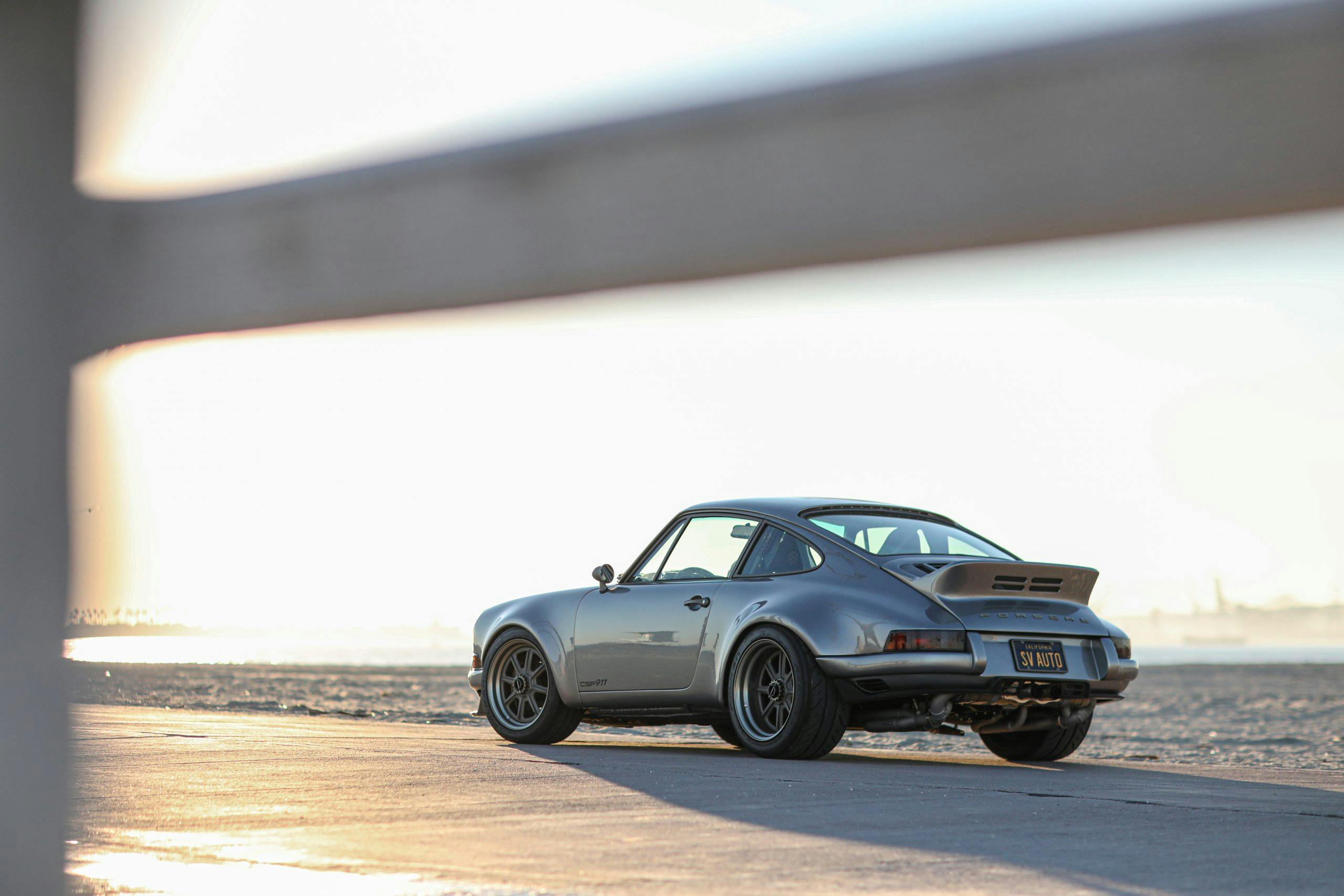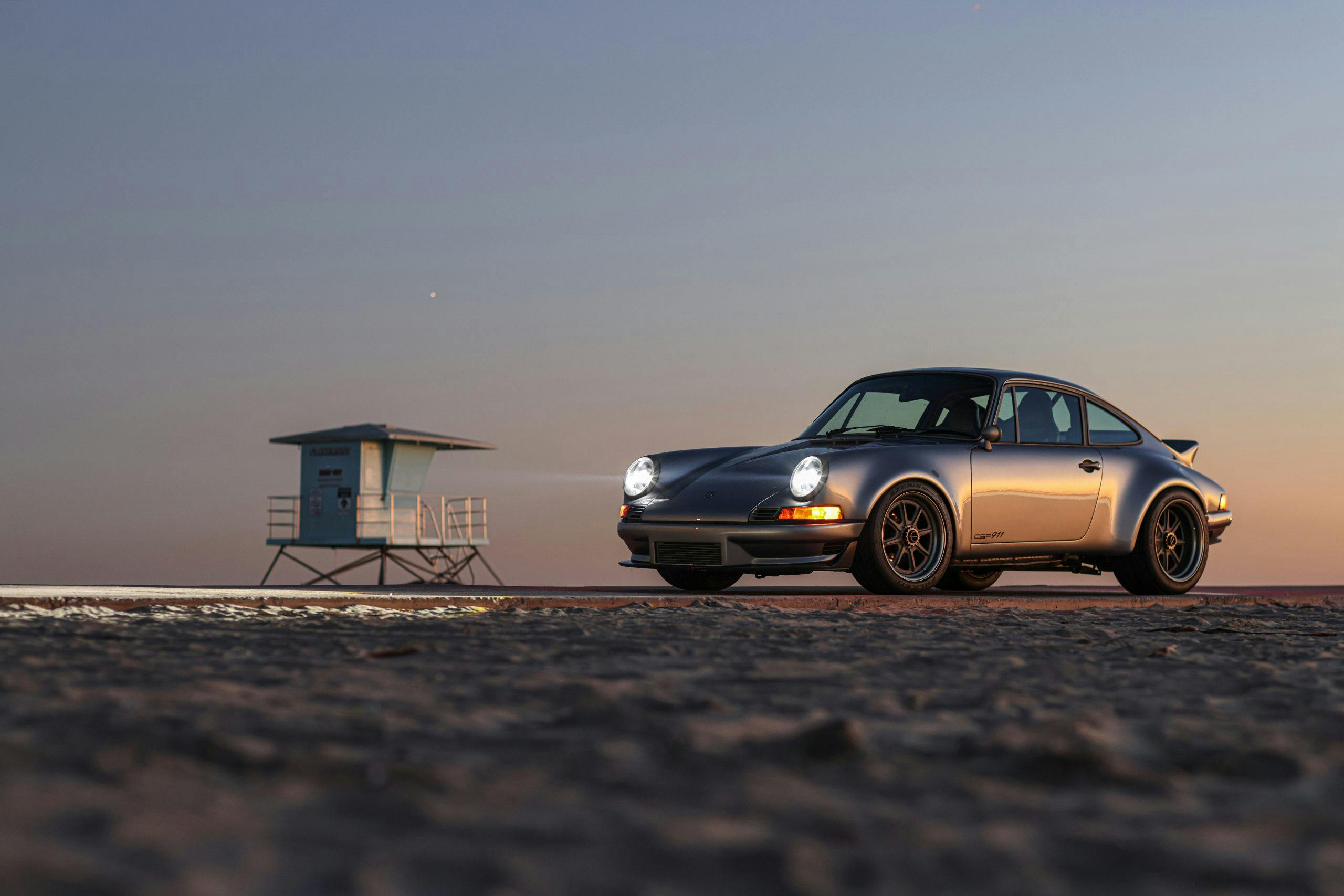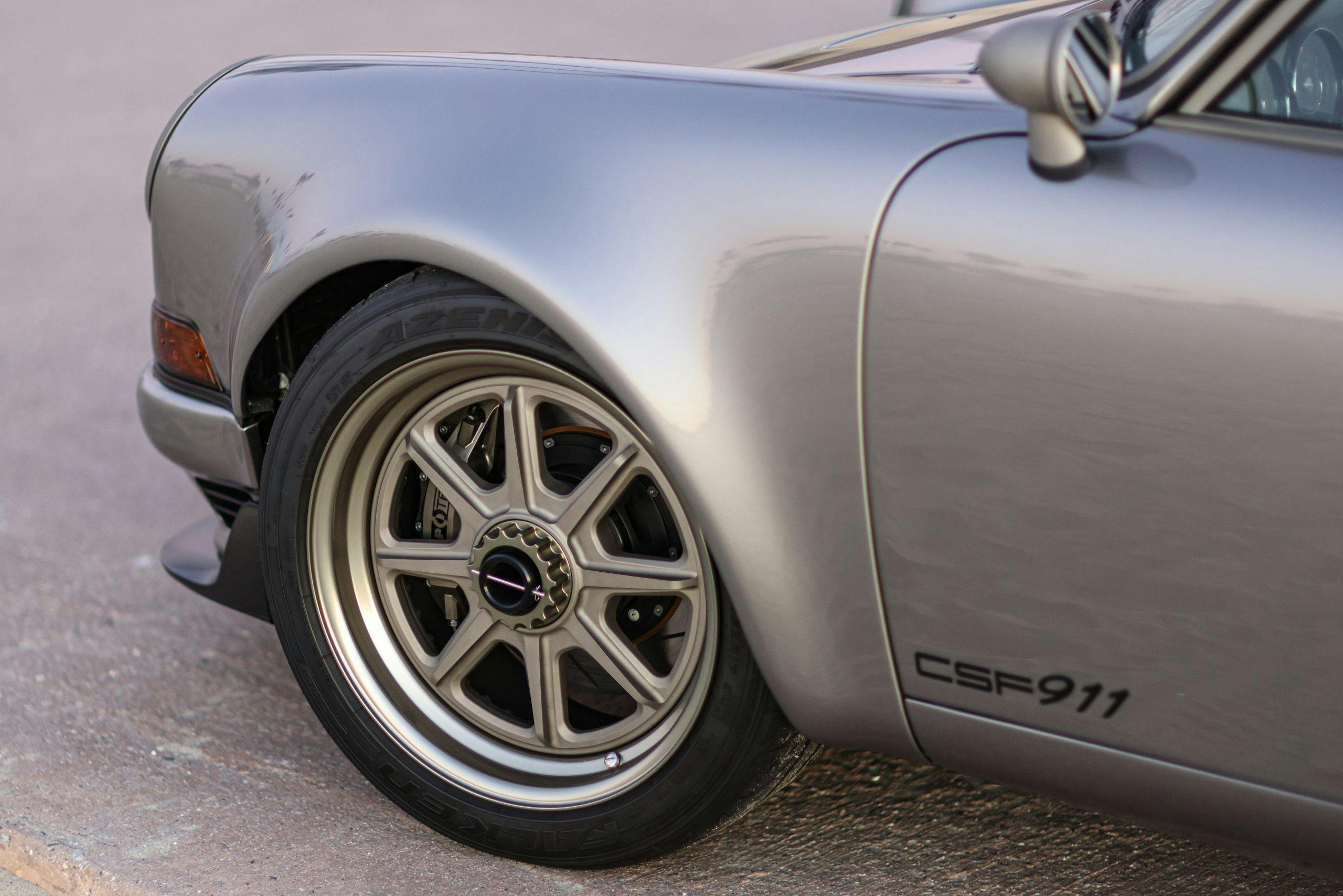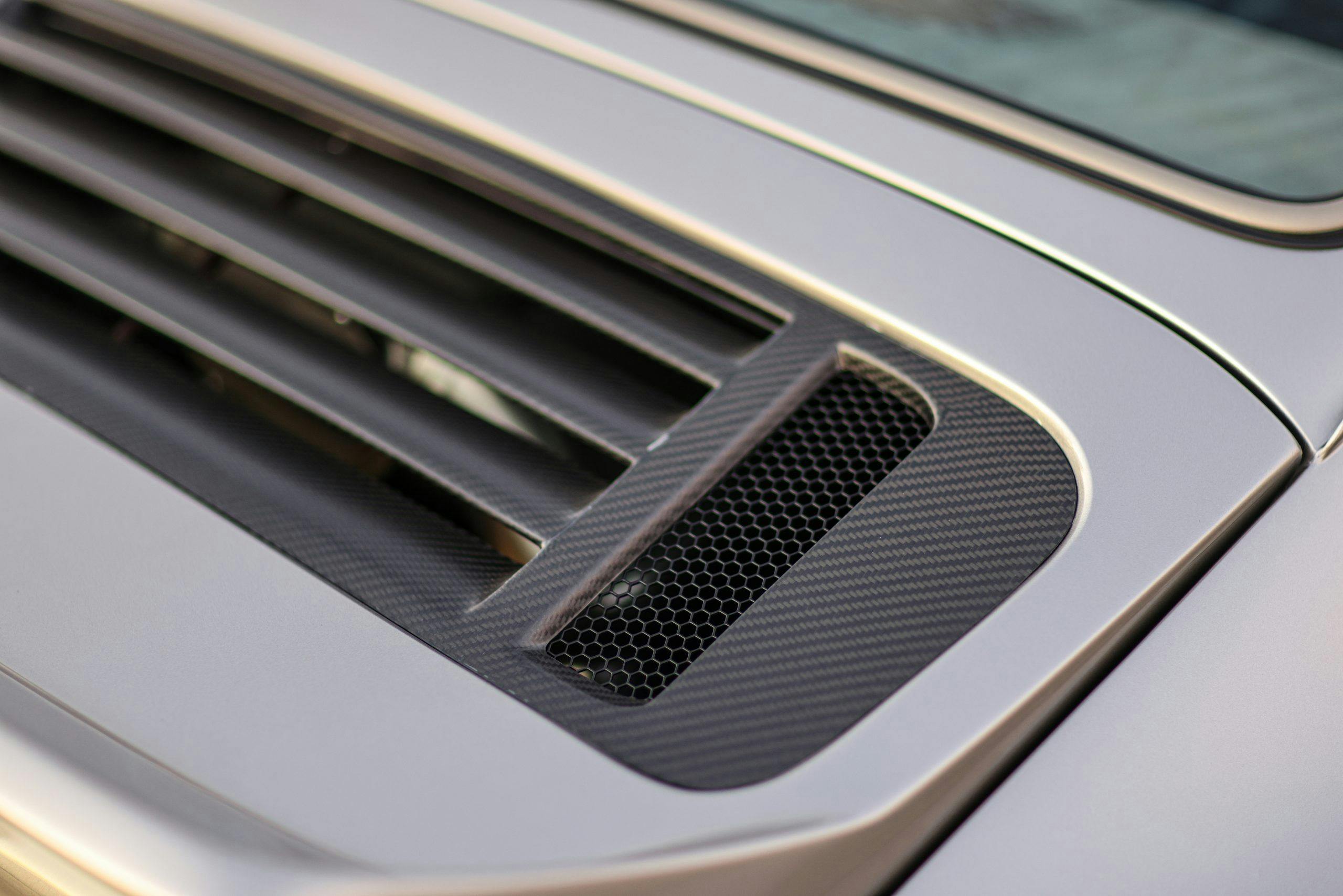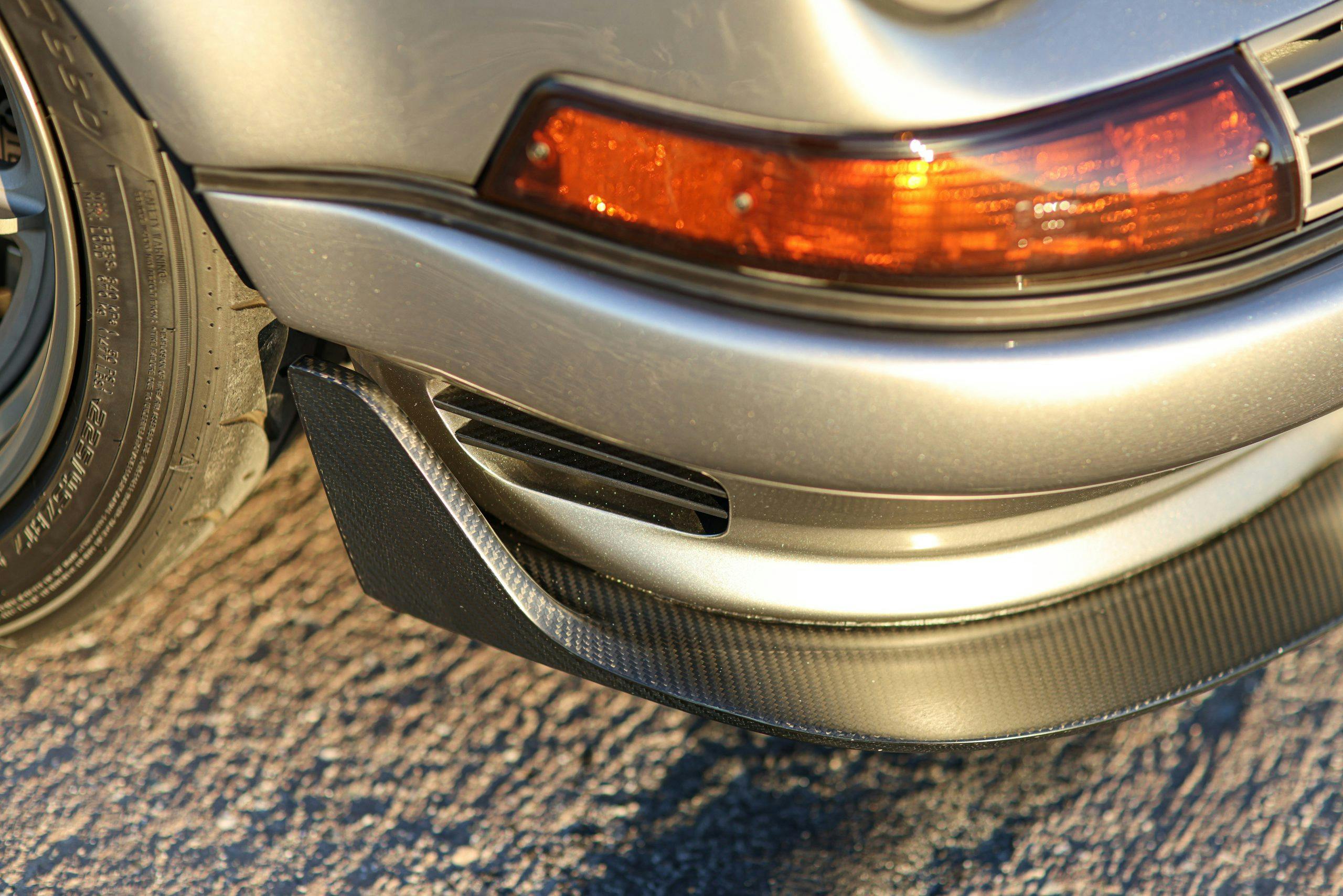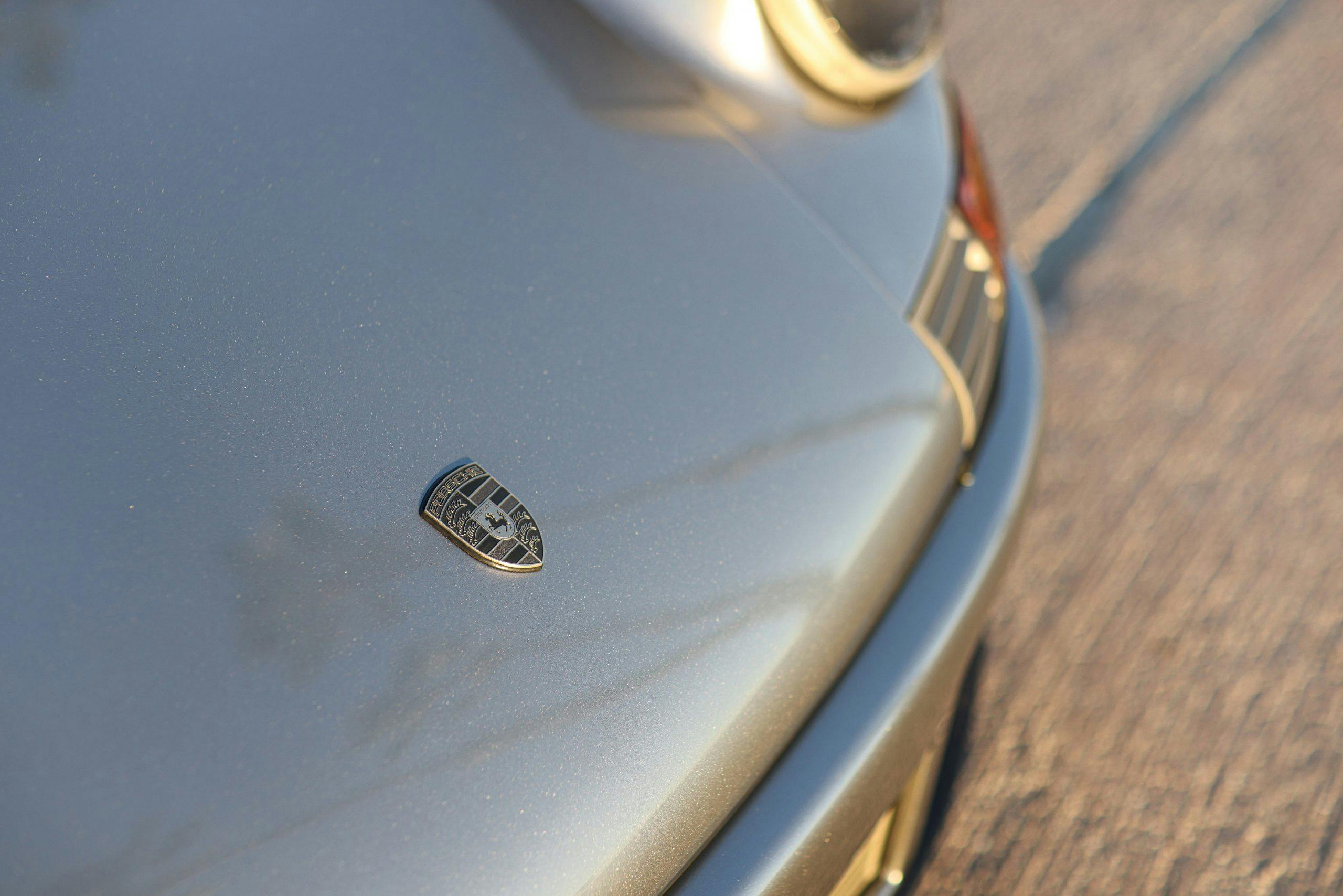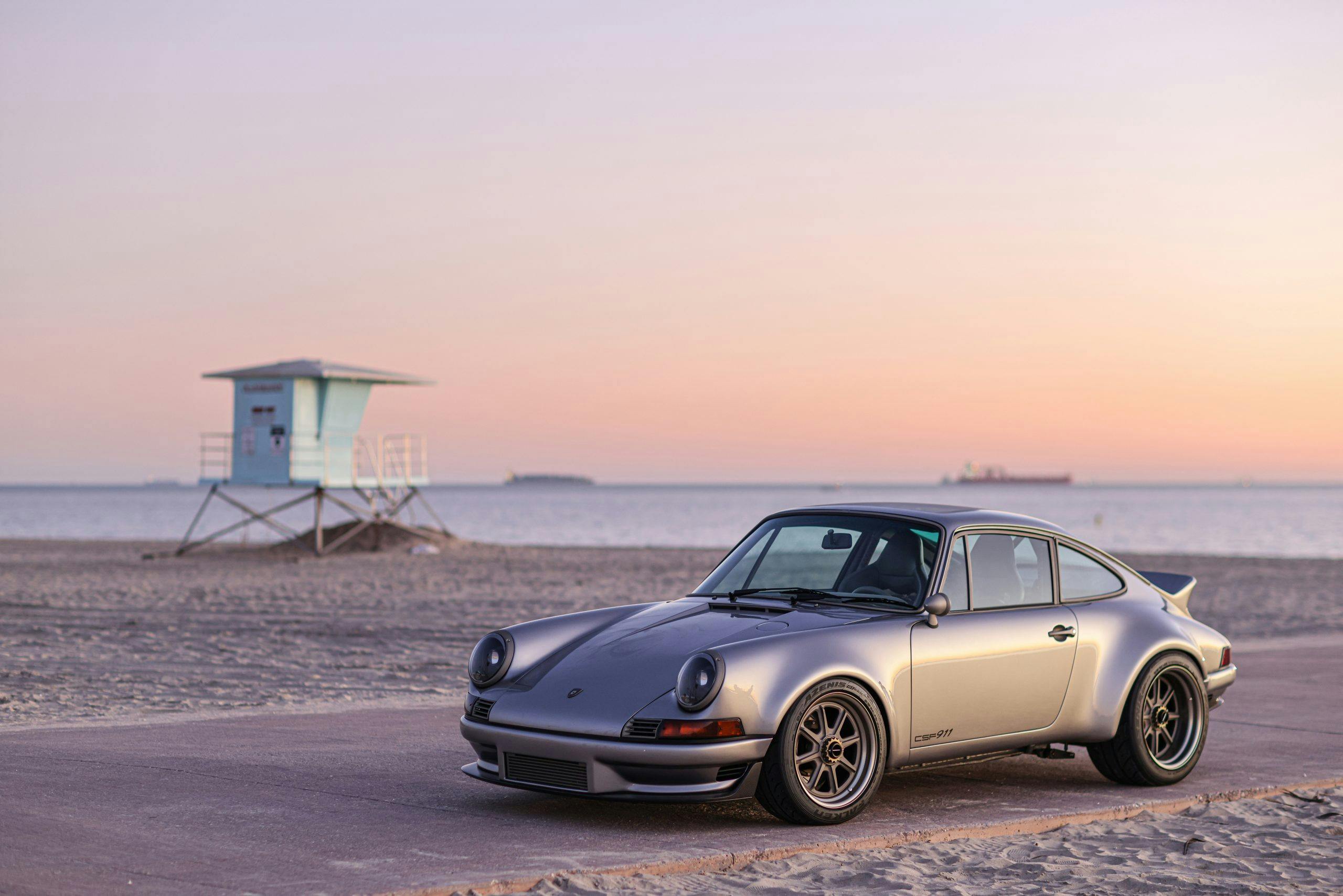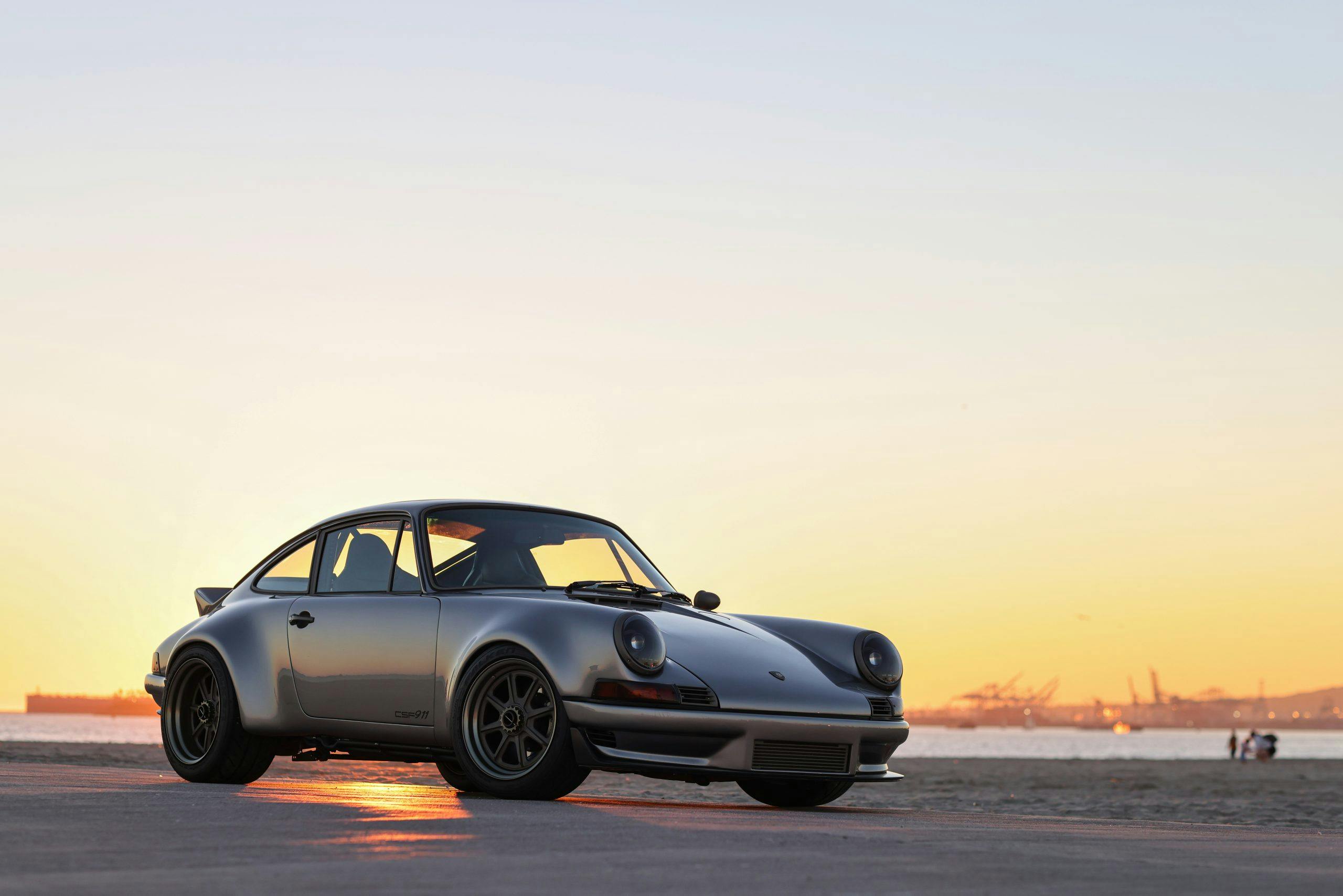California’s SV Auto sweated every detail on this reinvented 911
Getting any two gearheads to agree on the ultimate driver’s car is a tough proposition. Even within the Porsche fanbase there’s not much agreeing on the best 911 that ever left the factory. For Ravi Dolwani, owner of CSF, builders of heat exchangers for aftermarket and OEM applications, the assembly line was just a starting point. Dolwani wanted the ultimate air-cooled 911 and pulled bits and pieces from several generations of 911, as well as from several aftermarket companies, to make it happen. We spotted his 1981 911 at the 2021 SEMA show and were stunned by his incredible attention to detail. Dolwani met us for a quick photoshoot so we could take in the bevy of carefully curated elements that set apart this gorgeous, remarkably cohesive product.
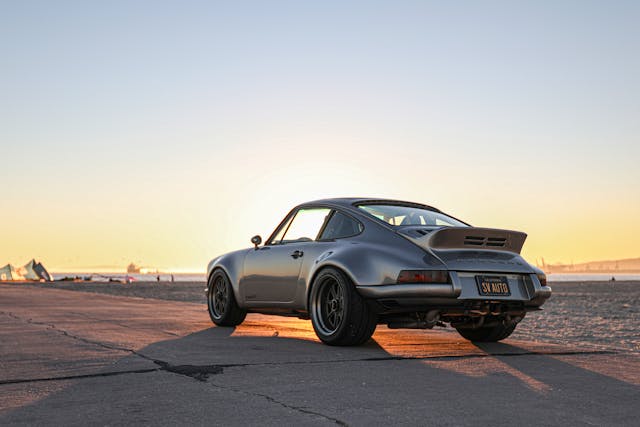
Unlike some of the SEMA builds that get hurried to Las Vegas to highlight the latest and greatest new products, Dolwani’s 911 was not rushed, even though it came together in just 10 months. The build started with a 1981 911 SC and a rendering from John Sibal that highlighted the sleek lines with hand-fabricated steel fenders styled like those of a turbo model and added an aluminum ducktail, a long hood, steel bumpers, and custom carbon-fiber accents. SV Auto was tasked with taking the 911 shell and turning it into this stunning final result. To begin, the shop blasted the car’s body to bare metal and filled in the sunroof. The front of the tub was modified to improve airflow through the front-mounted oil cooler, which is housed in a hand-fabricated steel front bumper.
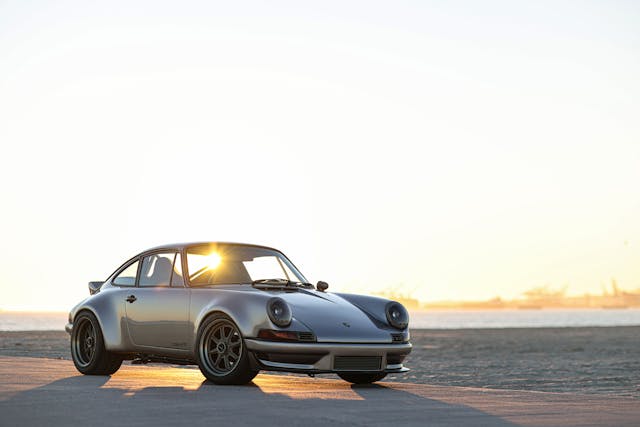
The new front bumper and long hood give the car the looks of a ’73 RS. That hood is also special, as the custom aluminum panel was fitted with the gas door from a 959, placing it off-center toward the driver’s side. While the body shell was getting stripped down to bare metal, SV Auto also reinforced the rear shock and suspension mounts as well as the torsion tube to prepare the chassis for a big injection of power.

Inside, Dolwani wanted an upscale interior that managed to remain understated. The Alcantara-finished headliner and dash are obvious updates, but the improvements extend deep within the cabin to a double layer of Dynamat sound deadening in the floors, doors, and roof. German square-weave wool carpets with leather binding cover the floorboards. To accent all of the gray tones, Dolwani purchased six Goyard tote bags in order to get enough fabric for the dash, door panels, Momo steering wheel adapter, and front and rear seats. Rogelio’s Auto Upholstery, one of the premier upholsterers in southern California, handled disassembly of the tote bags and integration of the Goyard canvas. In our eyes, the tessellated pattern is a perfect fit with the Sparco SPX seats.
The same attention to detail is found in the trunk, where a Car-Bone lining was given some Goyard trim of its own. That’s also where you’ll find the 959 fuel filler with its leather paint-protector bib.
The foundation of the engine is a 3.6-liter mill from a 993 911. There’s not much left of the original powerplant, however, as Dolwani had much more powerful plans for his personal project. The engine was stripped down to its case before it was ceramic-coated and reassembled around a cross-drilled and micro-polished crankshaft. A set of LN Engineering big-bore cylinders filled with Mahle Motorsports pistons and Pauter lightweight connecting rods serve up 3.9 liters of high-revving, flat-six performance.
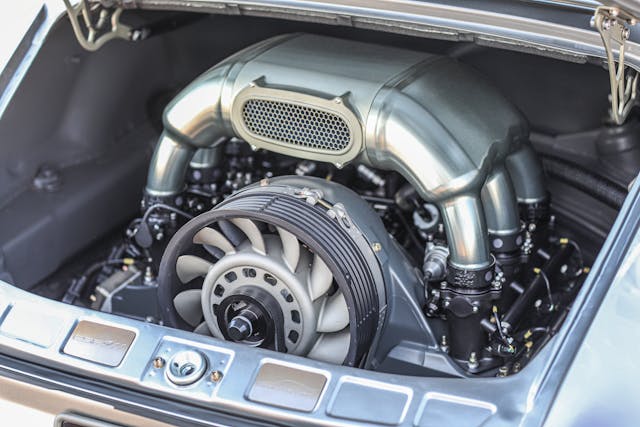
All the extra displacement would be wasted without a proper top end with matching airflow capability. Prato Autowerks ported the factory heads and fitted them with larger valves from a 993 RS as well as lightweight rocker arms from Pauter, race springs, and titanium retainers. The heads are home to a set of cams from Web Cam and are clamped in place with ARP head studs. Finally, they’re topped with billet valve covers from Tarett Engineering
On the exhaust side, ceramic-coated headers from Hytech Exhaust Inc. flow into a valved titanium muffler from a 993 GT3RS before exiting at a pair of custom titanium tips fabricated by SV Auto in the style of the 935.

Every bit as exotic as the exhaust, the intake is practically a sculpture wrought in billet aluminum. Kinsler Fuel Injection supplied the individual throttle-body intake that uses twin billet plenums that divide to feed each individual runner. Each throttle body is linked to the runner by black anodized Wiggins clamps and each bank is activated by its own electrical servo. Unlike most factory-installed drive-by-wire systems, there’s no lag here. The throttle response is quick and everything works like a symphony. Dolwani had the engine tuned and the dyno showed 387.6 horsepower at the rear wheels along with 310 lb-ft of torque.
Dolwani’s 911 is truly a work of art with lots of hand-crafted elements. The craftsmanship from SV Auto is top-notch and we’re sure this car, and the others it has built of similar quality, will keep the shop busy for years to come and inspire plenty of other creations. It’s great to see shops of this caliber come together with owners that have such a pure vision for the final goal. We’ll be on the lookout for more of Dolwani’s projects and more excellent builds from SV Auto.

